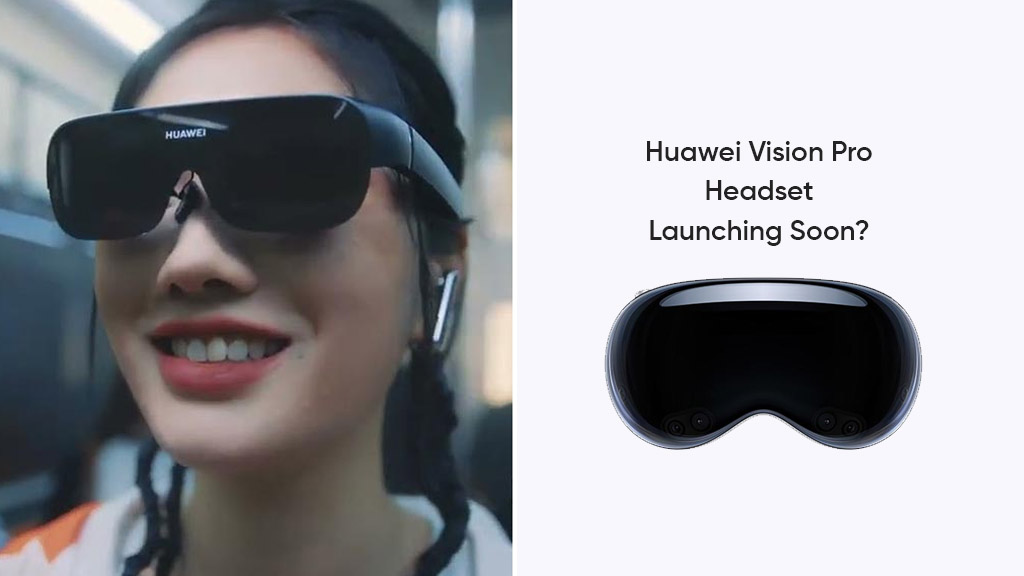The mixed reality market is expected to welcome a new player from Huawei, as the Chinese tech giant is reportedly developing a direct competitor to the Apple Vision Pro and slated for release later this year.
To raise the bar and attract customers interested in this new head-mounted device, it is rumored that Huawei Vision (the expected name) will not only be significantly lighter but also priced at just half of the Apple Vision Pro.
According to reports from Huawei Central, Li Nan, former marketing director of Meizu, has specifically mentioned on his Weibo page that Huawei’s competing product to Apple’s Vision Pro will weigh only 350 grams, significantly lighter compared to the 600 grams weight of Apple’s $3,499 AR glasses.

Interestingly, in addition to the name “Huawei Vision,” the Chinese tech company might also use the name ‘Vision Pro’ for its device. Huawei has registered this trademark in China back in 2019. The name also encompasses many products like smart TVs and eyewear. Apple may need to switch to a new name when launching its VR device in China.
Huawei Vision is also said to incorporate 4K micro-OLED panels from Sony with gesture-based controls that are latency-free, promising an AR display experience equivalent to that of Apple’s Vision Pro. Although on paper, both glasses seem similar in terms of hardware specifications, an in-depth analysis has revealed clear differences between them.
Specifically, Huawei Vision will not include the EyeSight feature, a highlight of Apple’s Vision Pro, which allows wearers to simulate their eyes to interact with others while standing or sitting nearby. In addition, Apple’s Vision Pro is likely to excel in image processing capabilities thanks to the combination of the M2 and R1 chipsets, both of which are leading chips in the market today. While there is information that Huawei plans to use self-developed chips for its AR device, not to mention the competition with the M2, surpassing the Kirin 9000S is also a challenge for the Chinese tech company.
At the moment, Huawei and manufacturing partner SMIC are striving to develop a 5nm chip production line, which is expected to start as early as the end of this year. However, the timely application of this technology for the launch of Huawei Vision remains a question mark. While Apple’s rumored rival product is said to deliver near-zero latency experience, equipping it with the Kirin 9000S may not meet this requirement, especially when handling 4K data, intangibles impacting the device’s performance.
Based on this information, objectively evaluating Huawei Vision can only be done after witnessing the device in action. However, if its price is only half that of the Apple Vision Pro, it can be challenging to expect Huawei Vision to provide an equivalent experience.












